Unearthing the Past: How Mount Kilimanjaro’s Ice Cores Link to Biblical Tales
For most, ice is just for cooling drinks or winter aesthetics. But for scientists, ice is a historical archive.
Ice samples from Mount Kilimanjaro have provided crucial data on climate change and historical events, linking ancient biblical stories to modern scientific evidence.
Mount Kilimanjaro's Geological Marvels
Mount Kilimanjaro, in Tanzania’s Kilimanjaro National Park, has three volcanic cones: Kibo, Mawenzi, and Shira. Kibo, the highest at over 19,000 feet, is an active volcano.
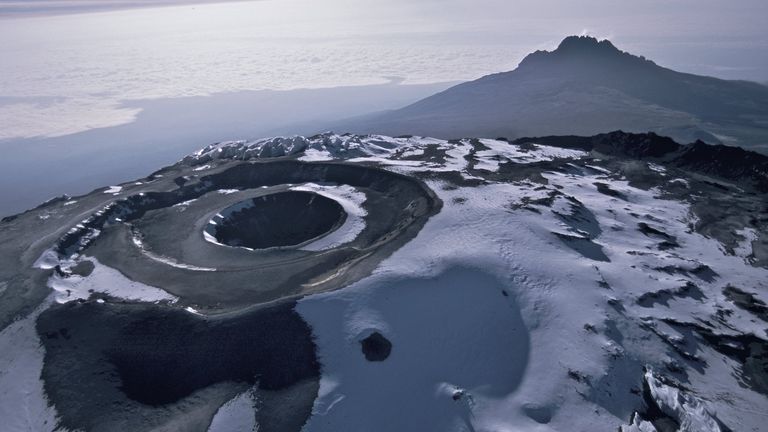
Source: Getty Images
Its glaciers hold ancient climate records, including evidence of significant droughts.
Joseph’s Biblical Famine
The biblical story of Joseph, who predicted seven years of famine in Egypt, is supported by scientific evidence. Ice cores from Kilimanjaro reveal a drought around 3,700 years ago, aligning with Joseph’s era.

Source: Lemanieh/Getty Images
This drought likely influenced historical events, including the migration of people seeking food.
Extracting Ice Cores
In 2000, geologist Lonnie Thompson led a team to drill six ice cores from Kilimanjaro. These cores, ranging from 30 to 170 feet long, provided a wealth of climate data.
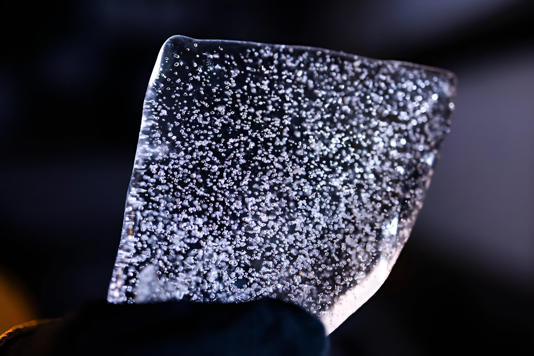
Source: Katherine Stelling, Oregon State University
Analyzing these samples took two years, revealing patterns of ancient climate shifts and droughts.
Climate Clues in Ice
Each layer of ice in a glacier captures a snapshot of the climate when it formed. Bubbles trapped in the ice provide information about atmospheric conditions, such as carbon dioxide levels.
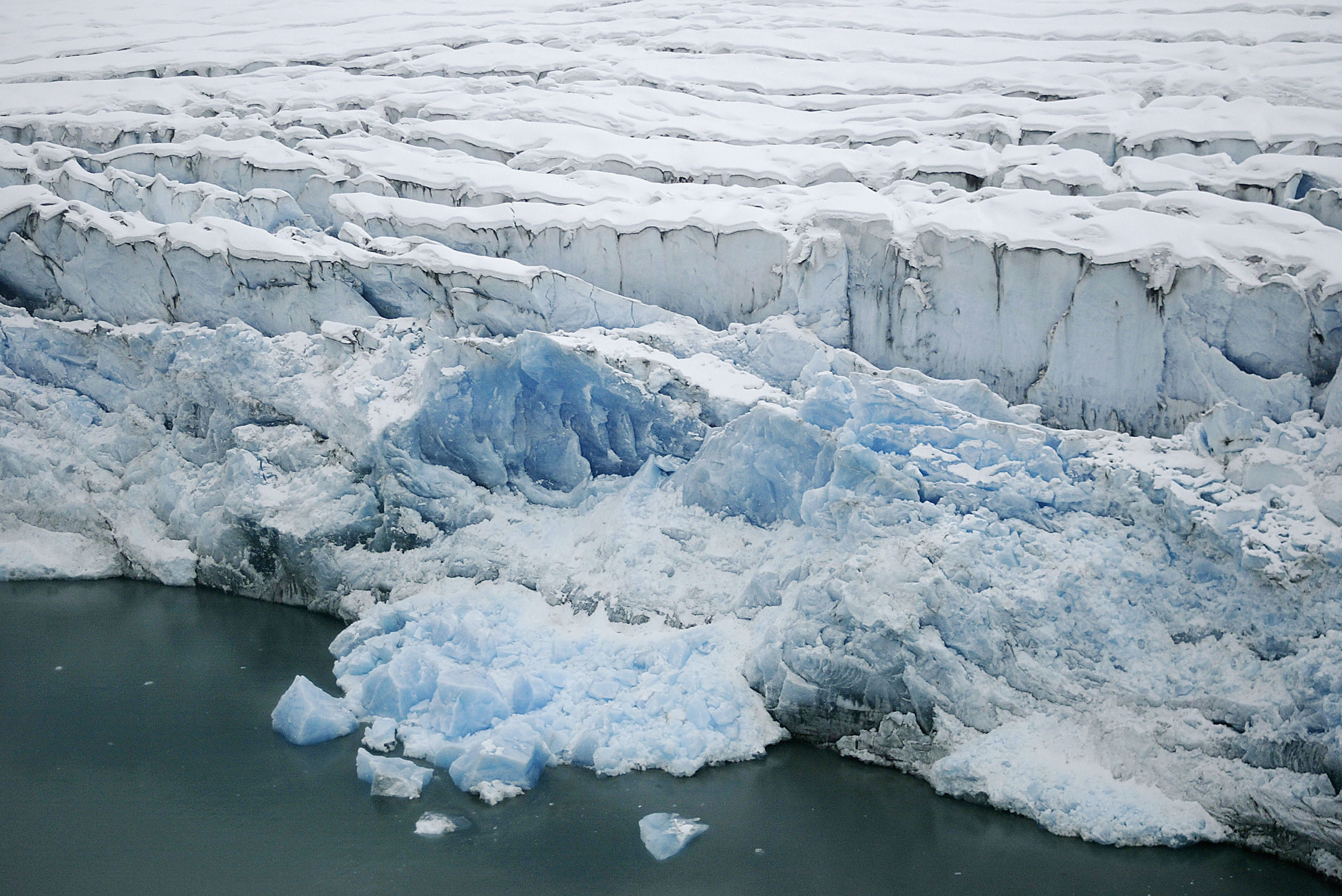
Source: David McNew/Getty Images
This data helps scientists understand historical climate changes and their impacts.
The Chaga People
Living on the slopes of Kilimanjaro, the Chaga people have a deep connection to the mountain. They migrated there in the 11th century and cultivate crops like coffee, bananas, and maize.
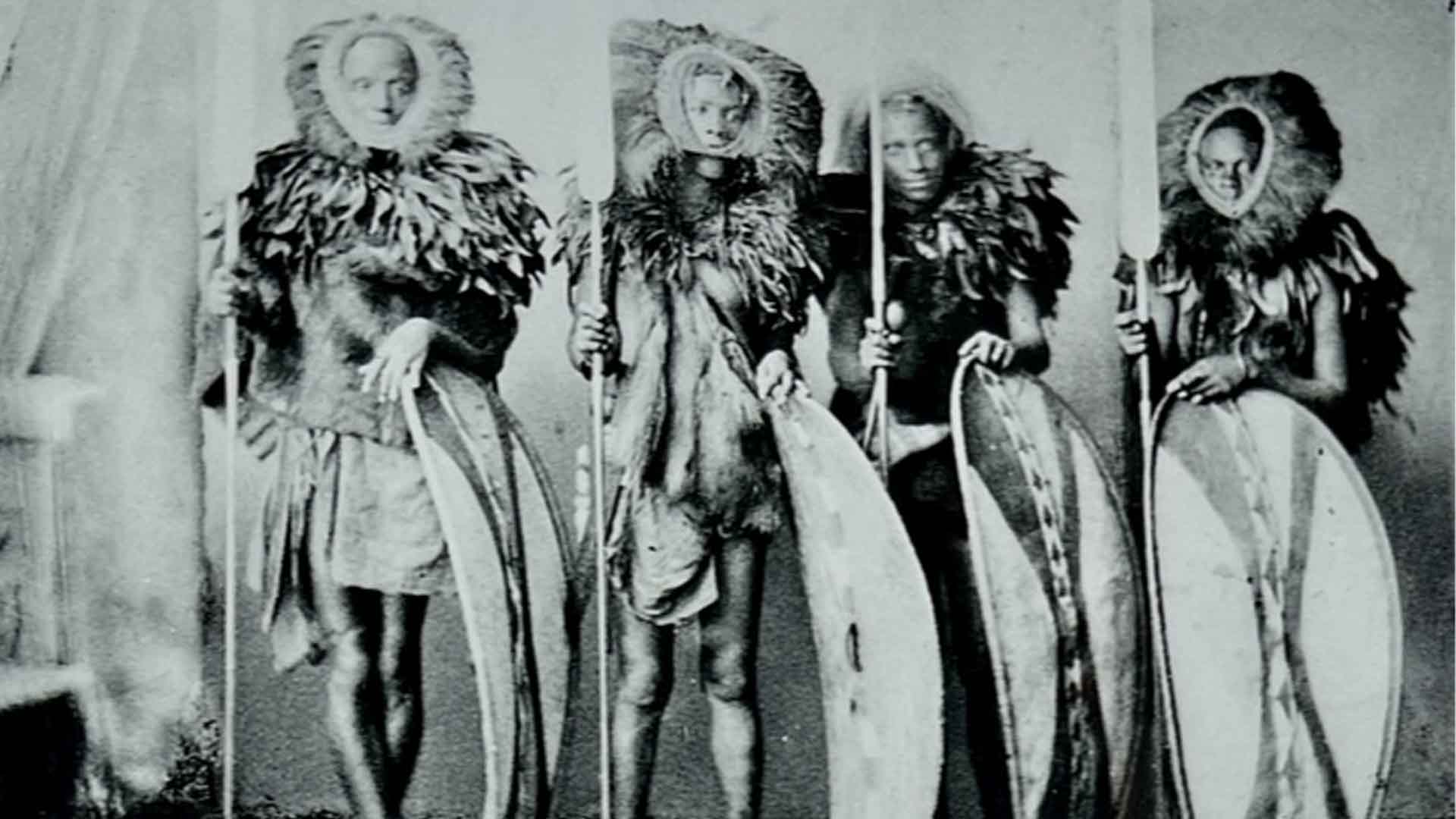
Source: Mangapwani/Wikipedia
Their agricultural practices have adapted to the mountain’s unique environment.
Jerusalem’s Archaeological Discoveries
In Jerusalem, archaeological digs at Mount Zion have unearthed artifacts dating back to 586 BCE.
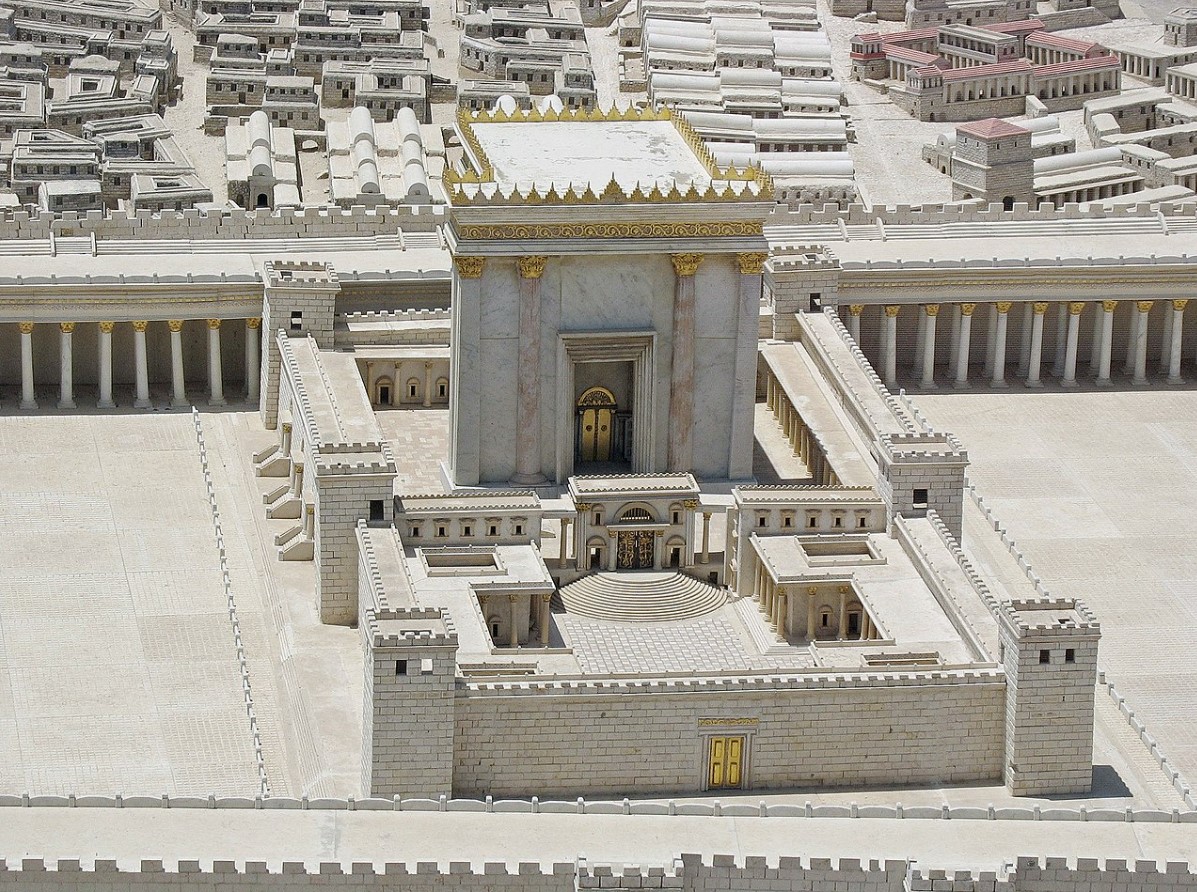
Source: Wikimedia
These finds include coins, pottery, and jewelry, providing evidence of the city’s destruction by Babylonian King Nebuchadnezzar II, as described in the Bible.
Nebuchadnezzar’s Siege
King Nebuchadnezzar II attacked Jerusalem in 586 BCE, leading to its fall and destruction.
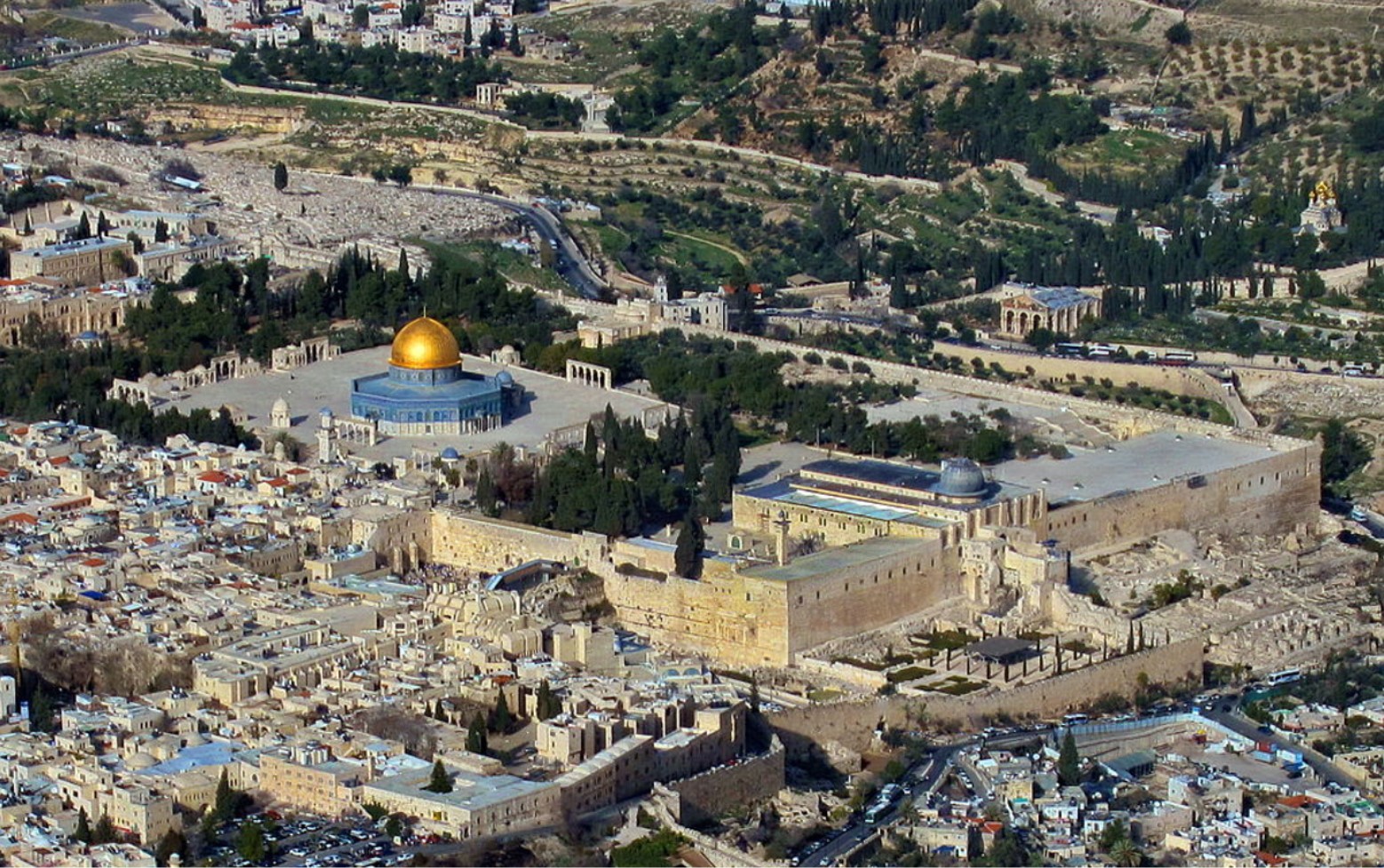
Source: Wikipedia
Archaeological evidence, such as ash layers and Scythian arrowheads, supports the biblical account of this violent siege, offering a glimpse into the city’s tumultuous history.
Mount Zion Excavations
The Mount Zion Archaeological Project, launched in 2007 by the University of North Carolina at Charlotte, has made significant discoveries.
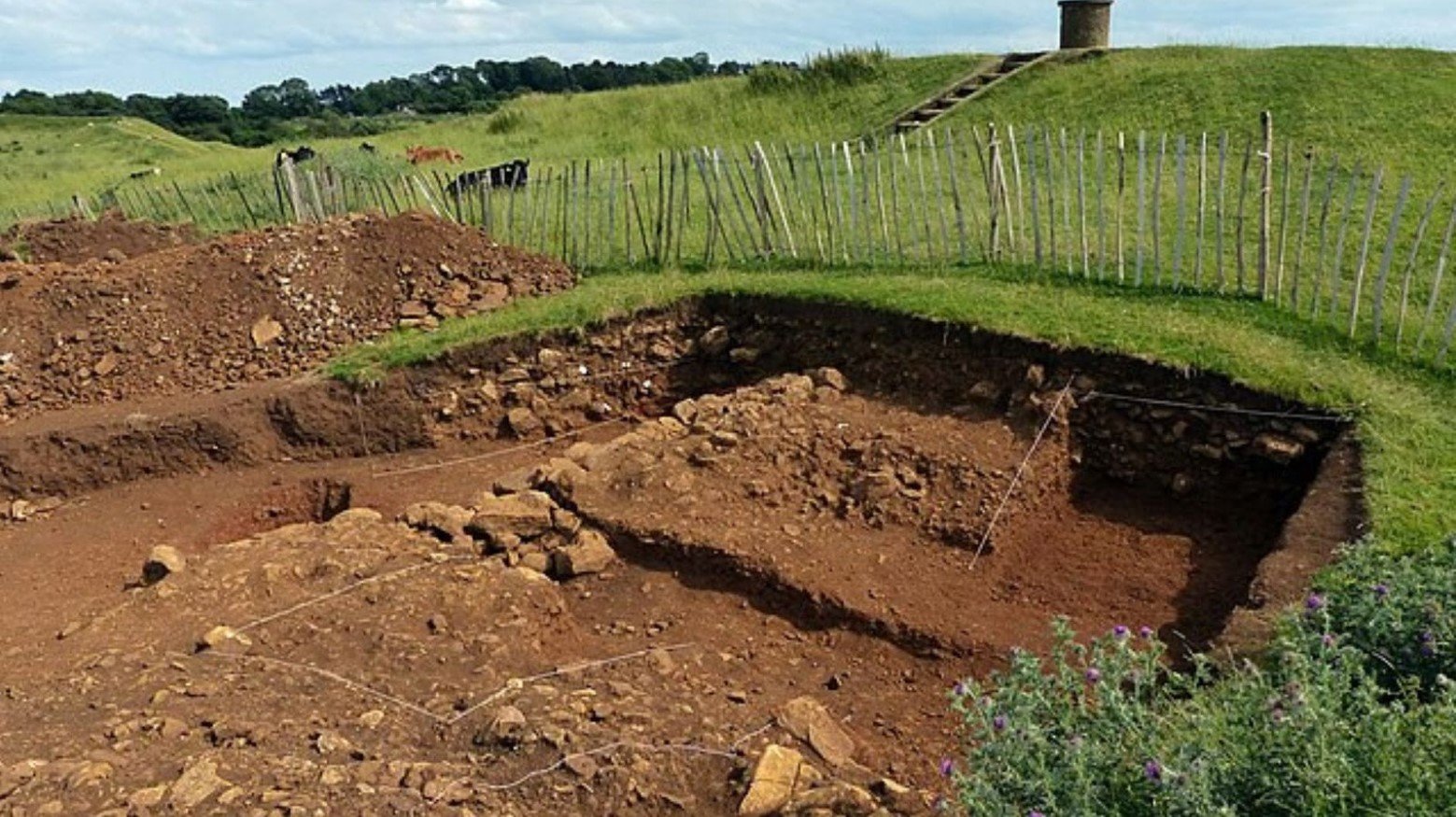
Source: Mat Fascione/Wikimedia Commons
Finds include a coin from 56 CE bearing Emperor Nero’s image, highlighting Roman presence in Jerusalem before its destruction in 70 CE.
Hezekiah’s Hidden Treasures
Recent excavations at Armon Hanatziv promenade in Jerusalem uncovered first temple-era palace columns.

These Proto-Aeolian styled capitals likely date back to King Hezekiah’s time, reflecting the city’s wealth and architectural sophistication before its destruction.
Jewelry from Conflict
Archaeologists found a piece of jewelry near an ash layer in Mount Zion, dating back to the 6th century BCE.

Source: Facebook
This find, alongside Scythian arrowheads, suggests it was dropped during the Babylonian siege, offering tangible evidence of the city’s violent past.
Connecting Past and Present
The convergence of scientific data from ice cores and archaeological finds in Jerusalem bridges the gap between biblical stories and historical facts.
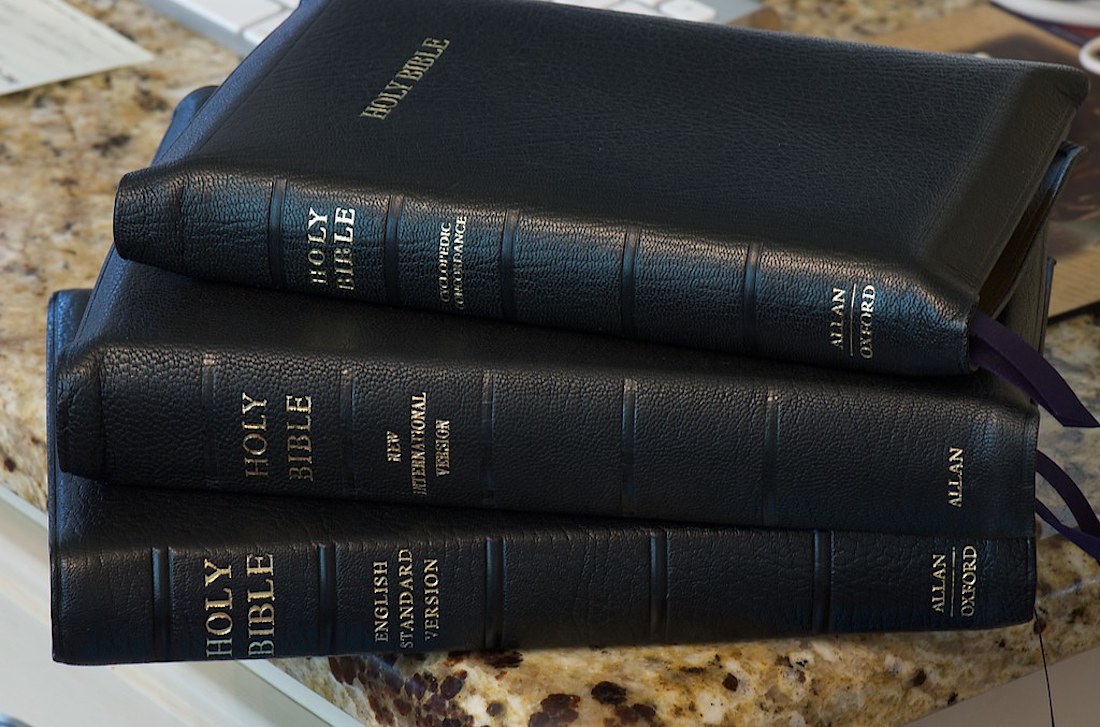
Source: J. Mark Bertrand/Flickr
These discoveries enrich our understanding of ancient history and its profound connections to present-day knowledge.
